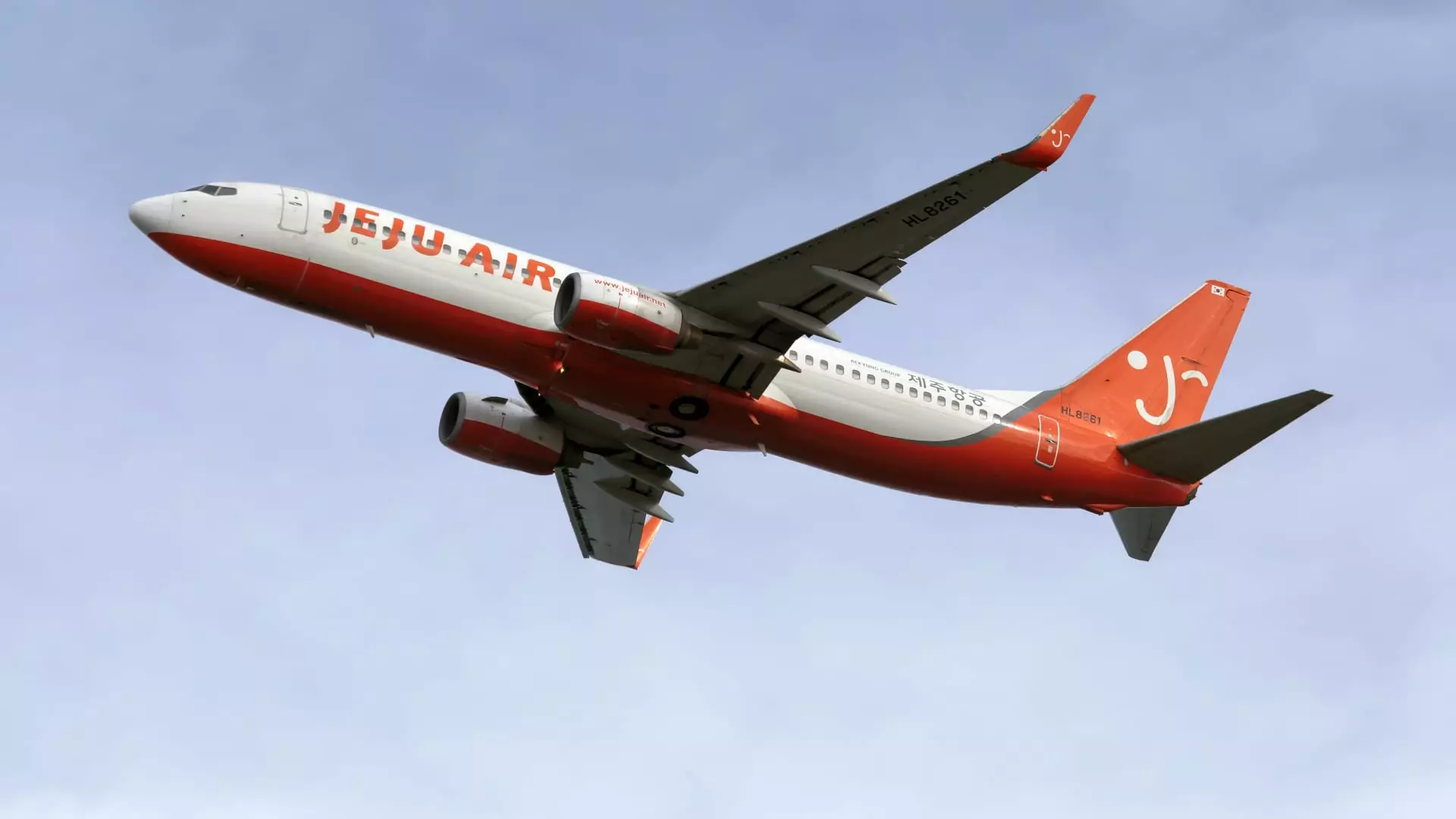Understanding the Context of the Flight
South Korea’s acting president, Choi Sang-mok, has prompted an emergency inspection of all Boeing 737-800 aircraft after this devastating incident. The Boeing 737-800 has established a reputation as one of the most extensively utilized commercial airplanes globally, boasting a commendable safety record. However, this recent crash harks back to previous aviation disasters involving aircraft with a significant operational history. For instance, the infamous Boeing 737 Max became synonymous with tragedy after two catastrophic crashes in 2018 and 2019, which collectively resulted in the loss of 346 lives, leading to a worldwide grounding of the model.
The recent crash serves as a chilling reminder of the latent risks posed even by aircraft featuring a reliable track record. Jeju Air’s aircraft, in service since 2017 and previously operated by Ryanair, had accumulated approximately 15 years in the sky, rendering it susceptible to the potential deterioration and malfunctions intrinsic to aging aircraft.
Currently, investigators are sifting through the rubble of disaster to unearth the underlying causes of the accident. The peculiar nature of this belly landing, particularly the failure to deploy the landing gear, raises questions that have emerged prominently in media dialogues and expert analyses alike. Critics posit that even when faced with hydraulic failures—which could normally inhibit landing gear deployment—pilots should still have the capability to manually lower the landing gear. Thus, aviation experts have begun speculating about other potential factors that could have led to such a catastrophic operational failure.
One unexplored theory points to a possible bird strike, which could have precipitated engine failure. If this theory holds, it raises further questions regarding how quickly pilots can respond in emergency situations, particularly given the altitude of the flight at that crucial moment. The situation, as explained by Jeff Guzzetti, a retired investigator, suggests time might not have been on the pilots’ side, consequently hindering their ability to execute emergency protocols effectively.
In the aftermath of this disaster, the National Transportation Safety Board (NTSB) will oversee the investigation in tandem with Boeing and the Federal Aviation Administration (FAA). The role of these institutions is crucial, as they will not only analyze the specific aircraft and circumstances surrounding its tragic end but may also contribute to wider safety evaluations of the Boeing 737-800 model itself.
Nonetheless, the thought of uncovering design flaws in such a long-established and frequently used aircraft appears implausible, as noted by Richard Aboulafia of AeroDynamic Advisory. The expectation that a design defect might come to light after so many years of reliability is dubious; therefore, the likelihood leans towards considering operational errors or unforeseen accidents rather than inherent flaws in the aircraft’s design.
The dire consequences of the Jeju Air Flight 7C2216 crash should serve as a catalyst for renewed dialogues surrounding aviation safety practices, emergency response systems, and aircraft inspections—especially for older airplanes. The incident underscores the necessity for rigorous investigations and the importance of ongoing training for pilots when it comes to handling emergencies in the skies. While the aviation industry prides itself on its safety advancements, any loss of life in the air remains an unacceptable outcome. Addressing such disasters head-on with a commitment to reform can hopefully pave the way to safer skies for future travelers, turning this tragedy into a valuable lesson for the industry.

